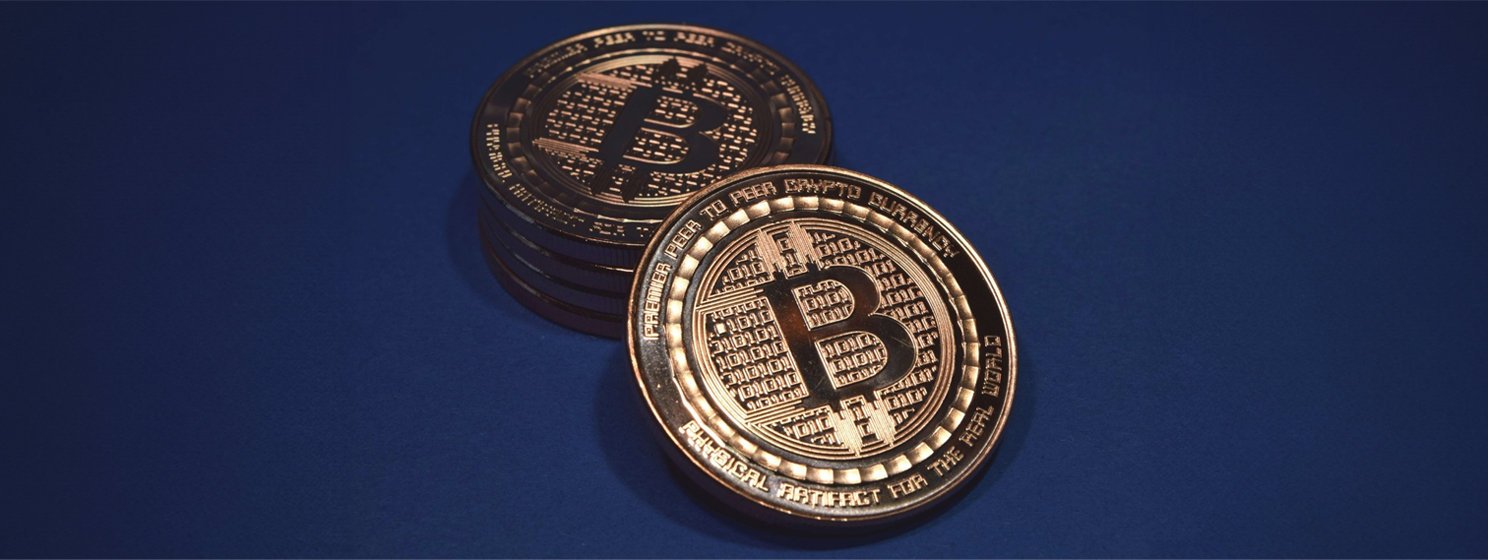|
Getting your Trinity Audio player ready...
|
The allure of stablecoins is stronger than ever. Earlier this year, Ripple announced that it would launch its stablecoin despite being embroiled in a multi-billion dollar lawsuit with the Securities and Exchange Commission (SEC). Last year, PayPal (NASDAQ: PYPL) launched its PYUSD stablecoin and its worth currently is around $722 million. Now, Europe’s largest fintech, Revolut, is venturing into this lucrative field to compete with Tether and Circle.
Elsewhere, Germany’s second-largest lender, DZ Bank, is set to offer its clients digital asset trading services as the state of Louisiana accepts digital asset payments in another busy week for the sector.
New stablecoin and digital asset banking in Europe
Revolut has been warming up to digital assets for years. The London-based neobank obtained a license from the United Kingdom’s Financial Conduct Authority to offer digital asset services in September 2022. Since then, it has been expanding its services to other jurisdictions, although it has clashed with regulators in some jurisdictions, including the United States, forcing it to limit its services.
Sources familiar with the plans have revealed that Revolut is now planning to launch its stablecoin. It has reportedly been working on the plan for a while now and could launch the token over the next year.
Revolut didn’t admit to the stablecoin plan, but a spokesperson said the company is always seeking to offer better services.
“Crypto is a big part of our belief in banking without borders and we have a clear mission to become the safest and most accessible provider of crypto asset services,” he told media outlets.
Revolut has been offering digital asset trading services to its users, and in May, it launched the Revolut X exchange for its professional traders. This made it the first regulated bank to offer a standalone ‘crypto’ trading platform; it obtained its banking license in July.
With the stablecoin, the $45 billion neobank will be venturing into an entirely new business line. Stablecoins now command a $173 billion market cap and account for over $50 billion in daily trading volume, anchoring the ‘crypto’ trading sector.
However, the sector is still dominated by the two top issuers: Tether with USDT and Circle with USDC. Together, they account for 90% of the market. In fact, after these two, only DAI and First Digital USD have hit $1 billion in market cap.
With Tether blatantly breaking financial laws (and in a few instances getting a slap on the wrist from regulators), other companies see the opportunity to jump in as several players are circling the sector to pounce when authorities inevitably crack the whip on Tether.
The key motive is the unrestricted profits that issuers mint. In the first half of the year, Tether allegedly made $5.2 billion in net profits, a new record for the company. For context, since the last quarter of 2022, Tether has reported $12.72 billion, 30% more than the $10 trillion asset manager BlackRock.
Elsewhere, Germany’s DZ Bank is set to offer digital asset services to its 700 cooperative bank customers. DZ Bank is the second-largest lender in Germany, with its client cooperative banks managing over €1.2 trillion.
DZ Bank has partnered with Boerse Stuttgart Digital and will leverage its “regulated institutional crypto infrastructure solutions” to offer its clients’ crypto’ trading and custody solutions. It expects to connect some of the banks by the end of the year.
DZ joins its fierce rival Commerzbank (NASDAQ: CRZBY), which announced a partnership with Crypto Finance, to offer digital asset trading services to its corporate clients. Crypto Finance is a subsidiary of Deutsche Borse, Germany’s largest stock exchange.
Louisiana to accept digital payments
In the U.S., the state of Louisiana has announced a new service that allows residents to make payments in digital currencies. State Treasurer John Fleming revealed that the Louisiana Department of Wildlife and Fisheries was the first department to receive digital currency payments for a fine.
“In today’s digital age, government systems must evolve and embrace new technologies. By introducing cryptocurrency as a payment option, we’re not just innovating; we’re providing our citizens with flexibility and freedom in interacting with state services,” Fleming commented.
Louisiana joins a list of states that have supported digital currency payments, with Ohio the first to test the waters in 2019. However, Ohio’s initiative collapsed a year later, with only 10 companies using it. Others that have made similar moves include Florida, Colorado and Utah.
Like its peers, Louisiana doesn’t intend to accept digital currencies into its coffers. Rather, it has partnered with Bead Pay to convert the currencies into fiat, with Fleming saying this protects the state against volatility. The move aligns with all the other states, which have all converted their digital currencies to US dollars, reducing the initiatives to gimmicks and PR moves.
Watch Spotlight On: Centi Franc—the truly stable stablecoin

 12-16-2025
12-16-2025 





